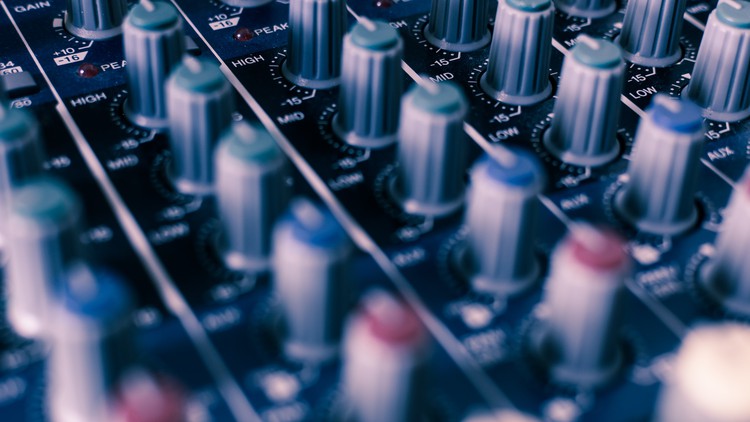
What you will learn
Understand the concepts of Analog Electronics
Solve circuits using diodes and transistors
Design analog circuits from scratch using basic electronic components
Learn about Power Supplies, Amplifiers, Current Mirrors, Multistage Amplifiers, Differential Amplifiers, Power Amplifiers and so on.
Description
Hey all! Welcome to my course on Analog Circuits From Scratch where everything is taught from scratch towards applications. The syllabus of the course is as follows:
Unit 1 – Fundamentals of Diode Circuits:
Fundamentals of PN Junction
Fundamentals of Diode
Forming circuits using Diode
Diode Approximation
Solving Diode Circuits
Unit 2 – Power Supplies:
Building blocks of a power supply
Half wave rectifier circuit – RMS, Average values, Ripple Factor, Form Factor
Full wave rectifier circuit – RMS, Average values, Ripple Factor, Form Factor
Centre tapped rectifier – RMS, Average values, Ripple Factor, Form Factor
Bridge rectifier – RMS, Average values, Ripple Factor, Form Factor
Problems on Rectifiers
Filters – Response Curves
Capacitor Filters
Regulator – types
Series Voltage Regulator
Shunt Voltage Regulator
Unit 3 – Bipolar Junction Transistor Applications
Working of BJT
BJT – Characteristics, Types
BJT – Modes of Operation
BJT Amplifier
BJT Amplifier – Frequency Response Curves
BJT Voltage Regulator – Series, Shunt
BJT Current Mirrors – Explanation, Equation, Problems
Unit 4 – MOSFET Applications;
Working of MOSFET
MOSFET – Characteristics, Types
MOSFET – Modes of Operation
MOSFET Amplifier
MOSFET Current Mirrors – Explanation, Equation, Problems
Unit 5 – Differential Amplifiers and Power Amplifiers
Differential Amplifier – Introduction, Circuit using BJT
Voltage and Current curves of Differential Amplifier
Power Amplifiers – Classification
Class A, B, C, AB, D
You will get all the basics right to build a strong foundation in understanding, analyzing and designing the analog circuits using the fundamental electronic components such as a diode, transistor and so on. What are you waiting for? See you there in my course!
Content